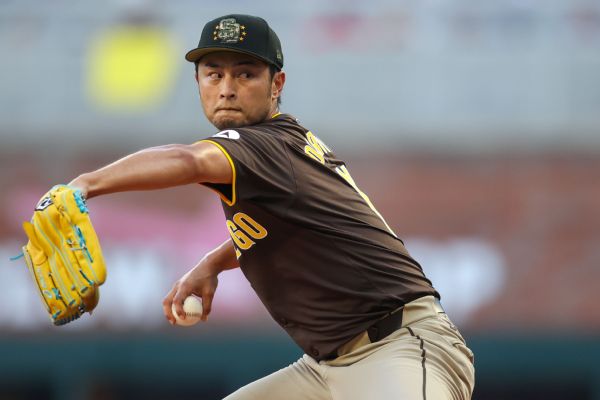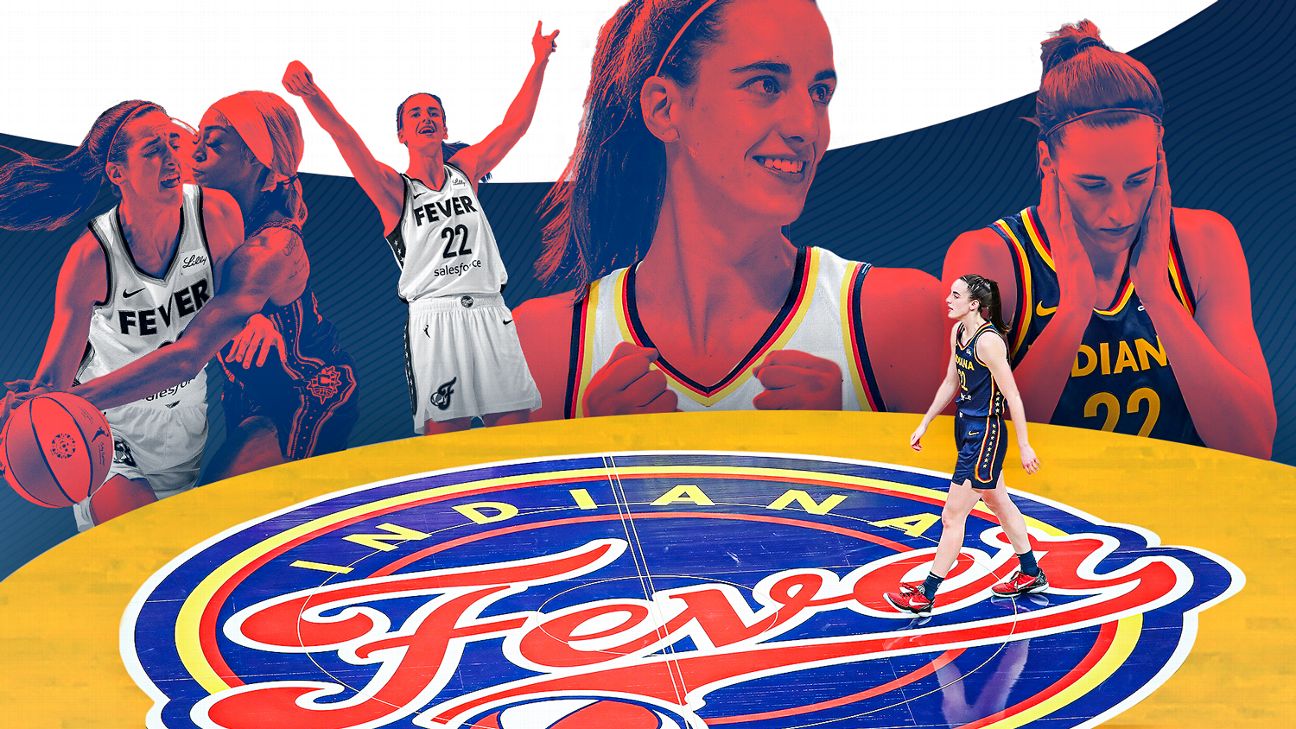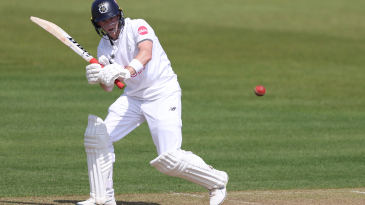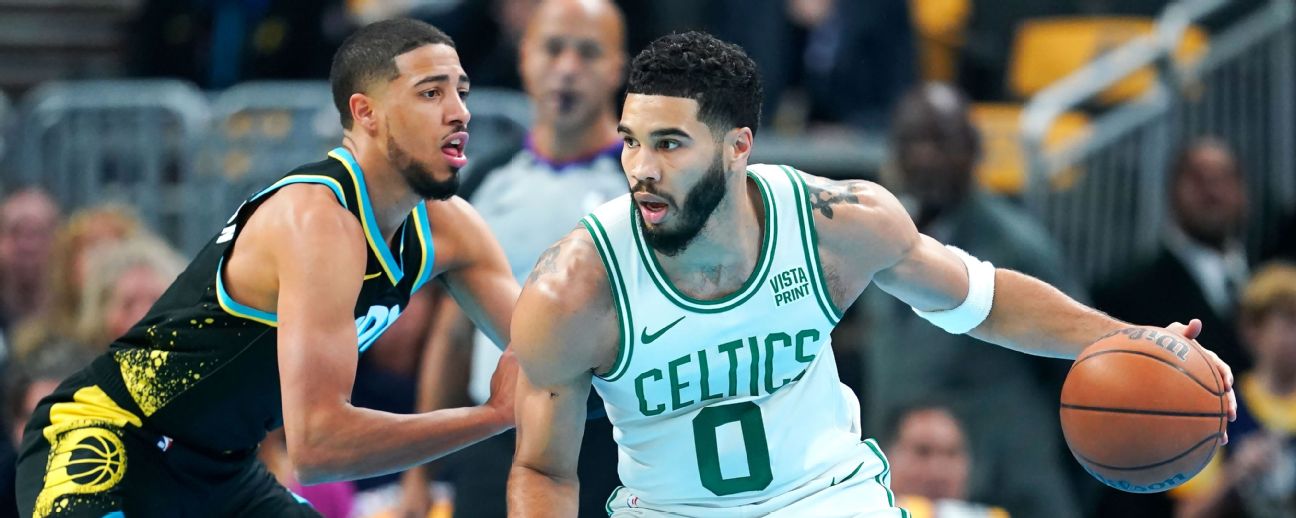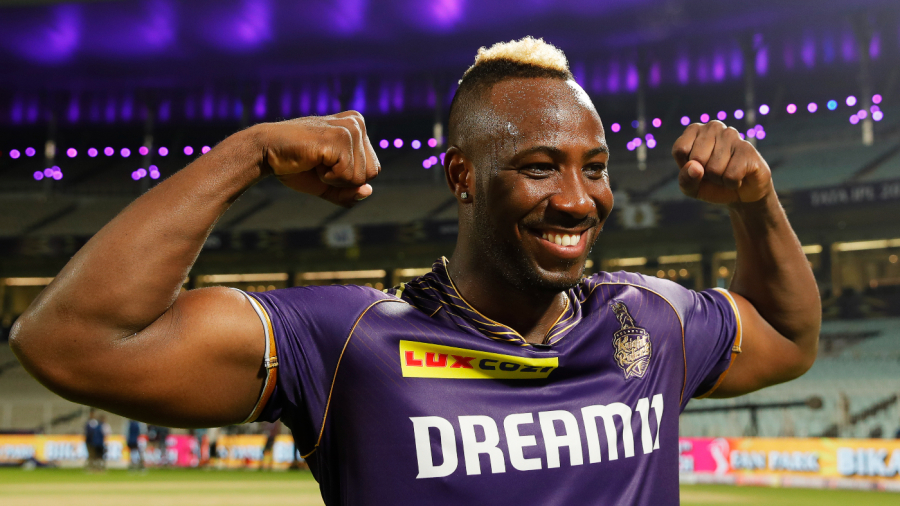![Race winner Lando Norris [1296x729]](https://a.espncdn.com/photo/2024/0510/r1330989_1296x729_16-9.jpg)
Three games sellout crowds and unprecedented hype Inside Caitlin Clark s first week in the WNBA
The path to victories in Formula One is a long and grueling one. Just ask Lando Norris, who finally secured his first F1 win last Sunday on his 110th attempt.
From the driver's point of view, success at the highest level requires persistence, mental fortitude and a great deal of skill to ensure any opportunity -- no matter how slim -- is exploited. From the team, it requires a constant search for marginal gains, an understanding when to stick or twist on a development path and the combined efforts of hundreds of people to turn that vision into reality.
While it's true Norris' breakthrough win was aided by the fortuitous timing of a safety car, it shouldn't mask the hard work that contributed to the performance of the car behind the scenes. Against opposition as strong as Max Verstappen and Red Bull, luck alone will get you only so far and will rarely be enough to come out on top.
- Norris beats Verstappen in Miami GP for first F1 win - Watch Formula One on ESPN networks all season long
In order to take advantage of a situation like the one Norris encountered in Miami, the car needs to be performing on a high level. The difference in performance between Red Bull and McLaren at the majority of races this season would likely have given Verstappen a shot at reclaiming the lead in the Miami scenario, but on this occasion Norris' McLaren was quick enough to pull a gap over the three-time champion.
That was partly down to Verstappen's unease with the car's performance throughout the weekend and the fact his car had floor damage after he ran over a bollard at the Turn 14 and Turn 15 chicane. But it was also down to the performance level of the McLaren in Miami -- a performance level that had a slightly higher ceiling thanks to the team's efforts to bring nine upgrades to Norris' car ahead of schedule.
"I have to say a big thanks to all of McLaren, everyone back in the factory, everyone that's here, because it would have been a lot less likely that I won today without these upgrades and without the hard work that they've been putting into everything," Norris said after the race.
"So, I would like to say it's the start. And now I'm already hungry for more. But, yeah, we'll keep our heads down. We'll keep pushing and I'm sure we can be here a lot more often."
McLaren's upgrade package for Miami (only 50 percent of which available on the second McLaren driven by Oscar Piastri) was significant, encompassing various aerodynamic surfaces from the car's nose to tail. It had originally been planned for Imola, but the factory's hard work fast-tracked it to Norris' car in Miami.
Starting with a new front wing, the airflow was re-optimised as it passed over revised front suspension elements, new brake ducts, reshaped sidepod inlets, a new engine cover, modified rear suspension, new rear brake ducts, and a circuit-specific beam wing (the wing underneath the main rear wing). In conjunction with the airflow over the car, the floor body, where so much downforce is generated by a modern Formula One car, was also re-optimised.
In bringing more overall downforce, the upgrade allowed McLaren to compensate for its car's known shortcomings in other areas. As was the case last season, this year's MCL38 has a relative lack of performance in slow-speed corners compared to Red Bull as well as a straight-line speed deficit -- two weaknesses that threatened to be brutally exposed in the middle sector of Miami's lap.
But the extra downforce generated from the upgrades allowed McLaren more performance currency to make a trade off and run a skinnier rear wing to reduce drag and increase top speed. Meanwhile, some high-speed performance was sacrificed by optimising the setup of the car for low-speed sections of the track.
"Yes, we were decently competitive in the second sector, which has a long straight and then a low-speed section," team principal Andrea Stella said. "We had good top speed here -- one of the reasons is that we, on purpose, decided to go for a relatively light rear wing. But we could do that also because we added downforce through the package.
"And this means that we needed to be less demanding from a rear wing point of view, which is never too efficient. Like when you upgrade the car with floors and sidepods, it's always more efficient than putting downforce with a rear wing, if that makes sense.
"At the same time, we sort of consciously decided to set up the car to maximize low-speed performance. So, the decent performance that we had in low speed is not necessarily because of the characteristics of the package. It's also because of some conscious decisions as to how we set up the car to make sure that we were as strong as possible in low speed.
"And in fact, if you look at qualifying, we lost quite a lot of time in the high-speed section. But this was kind of a deliberate setup choice."
The result was a car that was fast enough to win the race once Norris was in clear air ahead of the Red Bull. But winning one race with the benefit of a free pit stop under the safety car, on a track surface where almost every driver struggled with tyre management, is not enough to get an engineer of Stella's experience carried away.
"Yes, we improved the car," Stella said. "We know on the numbers how much we improved it, and it's material -- you should see it in lap time. But I think this race for Red Bull, it was a little bit of a struggle. So, before we say the pace we saw today is a representation of the future ... I'm not going to put my signature on this statement.
"We take this positive; we take this encouragement, but if anything, it's even more energy to develop, possibly even faster than what we are doing. But in my view, if you want to fight consistently Red Bull, we need to deliver another package like the one that we have delivered here."
Nevertheless, when you consider that McLaren finished the same race last year in 17th and 19th (nearly 90 seconds adrift of race winner Verstappen), it gives hope to all teams that a deficit that previously seemed insurmountable can be overhauled in modern F1.
What about Ferrari and Mercedes?After a slow start to the season, Mercedes also brought an upgrade to Miami, including revised front suspension and a new floor. The upgrade wasn't as extensive as McLaren's and, while it delivered the additional performance the team had hoped for, F1 is a relative game and Mercedes still lost ground to McLaren.
On the surface that may seem concerning, but the new parts were just a taste of what's to come over the next few rounds as Mercedes attempts to reassert itself in the battle for regular F1 podiums.
"We managed to pull forward about half of our update kit to Miami and then the other half is going to arrive [at the next race] in Imola, and we are working hard on the future races to try and bring developments to them as well," Mercedes' head of trackside engineering Andrew Shovlin said.
"Did it work as expected? Yes, it all looks like it is delivering the performance that we were hoping for from the floor. The issue at the moment is everyone else is developing their cars, so you saw McLaren with a big package and they look to have moved forward."
The performance gain of an upgrade is also dependent on the drivers being able to turn the extra downforce on offer into a quicker lap time. Mercedes is still struggling with the balance of its car from track session to track session (and sometimes corner to corner), and Shovlin said solving that issue would be the key to unlocking more real-world performance this season.
"The handling issues that the drivers are having to battle with are making it hard to really see all that performance as a straight sort of step forward," he added. "What we tend to find is that the car from session to session can behave quite differently and until we get on top of that, we are always going to blunt the benefit that we can get from these type of updates.
"But after the last few races, we have got now a very clear idea of what we need to do to the car to get it handling a bit more easily for the drivers, making sure it goes where they want it to go when they are on those important qualifying laps.
"And we have also got quite a good sort of thread of updates that will be coming over the next three or four races. A lot of hard work is going on, but hopefully we will start to see the fruits of that soon."
Ferrari already has a more stable platform to build on and its drivers have dropped a number of hints about a major upgrade coming to the car at the next round in Imola. Team principal Fred Vasseur played down the significance of the new parts when speaking in Miami, but with the field behind Verstappen being so closely matched, he is optimistic even the smallest gain will have a tangible impact on results.
"When we are bringing something, it is never a mega upgrade," he said. "But it's also true that in qualifying, if you have four or five teams covered by one-tenth of a second, it is a game-changer for the weekend.
"A large part of the result is also coming from what we are doing with the drivers, the setup of the car and the management of the tyres, so we don't think only about developments and upgrades, it is also the job we are doing at the track."
Vasseur also played down the timing of the upgrade, which comes at the first of Ferrari's two home races in Italy.
"When you are doing the development, it is not that we want to bring something in Imola because it is in Imola, we are pushing the development and when it is ready we are producing parts.
"The fact that Imola is close to the factor is also helping to bring something, because we can release the parts a bit later, but it was nothing to do with being in Italy. Again, we don't have to expect that it will be a gamechanger, but because it is so tight it can bring welcome performance."
None of Red Bull's rivals are kidding themselves that a single upgrade will close the gap to the world champions and they are fully aware the RB20's own development makes it a moving target. But by chipping away at performance and finding marginal gains, the hope is that when opportunities like Miami occur they can result in victories against the odds.
"Red Bull is still ahead and for me Max could have won in Miami without the safety car," Vasseur said. "I don't want to draw a firm conclusion on this, but they did a pole position and they still have a small advantage.
"What is true is that compared to one year ago, when we do a good job and we are able to put everything together, we are there. We are putting them under a little bit of pressure, they have to be a bit more aggressive with the strategy and they are not anymore in the comfort zone of last year when it doesn't matter what happens if they are in front after Lap 2.
"I think that's a game-changer in the management of the race, and this is an opportunity for us because if we are doing another small step, I think we will really be in position to fight with them every single weekend."







